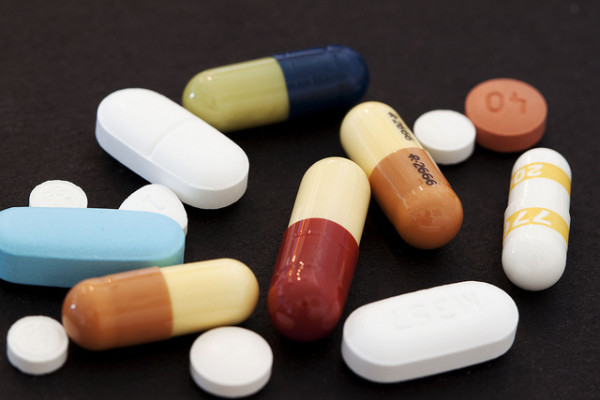Premed Perspective From Switzerland: Part VIII
As a society, we’ve become pretty used to thinking about drugs being expensive in order to compensate for the high cost of research and development. It seems logical: pharmaceutical companies need to make a return on their investment of several billion dollars per success. However, this has resulted in pricing out lower-income countries: only 1% of public sector health facilities in developing countries have essential medicines for treatment of acute conditions. This pushes people towards the private sector, where the cost of medicine is higher. It’s no wonder that one third of the developing world’s people are unable to receive or purchase essential medicines on a regular basis – it’s simply not feasible.
Generics, or drugs that are similar to a branded drug in strength, quality, and dosage, have done a lot to lower the price of drugs by increasing competition. For example, the introduction of Indian generics to the global antiretroviral drug market in 2000 caused the price of the cheapest originator drug to drop from $10,439 to $331 per patient per year. Naturally, pharmaceutical companies were less than thrilled. To cope with this, they implemented a system of tiered pricing, which calls for expensive drugs in developed countries to compensate for cheaper drugs in developing countries.
While this is great news for developing countries, it is not a sustainable policy. To this end, to prevent people in developed countries from just purchasing drugs from developing countries, pharmaceutical companies have included anti-diversion clauses in their contracts. In some cases, the originator pharmaceutical companies even require that patients bring proof of citizenship when picking up drugs, and that they return the empty bottle when they’re finished. The inherent flaw in this is that many citizens in developed countries don’t have access to proof of citizenship: despite good intentions, they still end up without access.
Another issue with generics is the question of patents. While the patents keep pharmaceutical companies incentivized, they also add lag time and restrict entry of generics. Is there a better way? One answer is compulsory licensing, which allows third-world countries to allow the use of a patented drug without the consent of the patent holder on grounds of public interest (e.g. national emergency, anti-competitive practices or for public, non-commercial use).
Image Source: Bloomberg
If this sounds too good to be true, it is. Originator pharmaceutical companies are not happy about this, since countries such as Thailand have used this to load the market with generics, hurting big pharma bottom lines. Ultimately, unless significant change is made, the see-saw between originator and generic pharmaceutical companies will simply continue.
Doctors without Borders, or MSF as it’s known in Europe, is trying to be the actor behind that change with their new 3P program: Push, Pull, Pool. Piloting in the tuberculosis drug market, the 3P program is an open collaborative research and development approach that reduces risks by incentivizing organizations to share data. The program “pushes” funding to finance R&D activities upfront via grants. The second P, “pull”, describes funding allocated towards financial rewards for the achievement of certain R&D objectives, called milestone prizes. For example, MSF will award money to pharmaceutical companies every time they get a drug through phase I clinical trials. The last P, “pool”, refers to a pooling of intellectual property to ensure open collaborative research and fair licensing for competitive production of the final products. In order to be considered for a grand prize, the pharmaceutical company must agree to share scientific data and clinical trial results. Because one of the milestone prizes is for combination regimens that successfully pass phase II clinical trials, scientists are thus incentivized to use the information in the pools to try different combination therapies and don’t have to wait for the individual patents to expire. Together, these 3 P’s reduce duplication of research efforts, reduce the risks associated with developing potential combinations early in the R&D process, accelerate the development of new regimens, and effectively de-link R&D from the final price of the new tuberculosis combination regimen. There may be no such thing as a magic pill, but at least in theory, this comes pretty close.
< Part VII: When Two Rights Fight: An Overlooked Challenge in Migration & Health
Note: Information based off from March 2015 visit to MSF headquarters in Geneva, Switzerland.
Feature Image Source: Laura Gillmore










